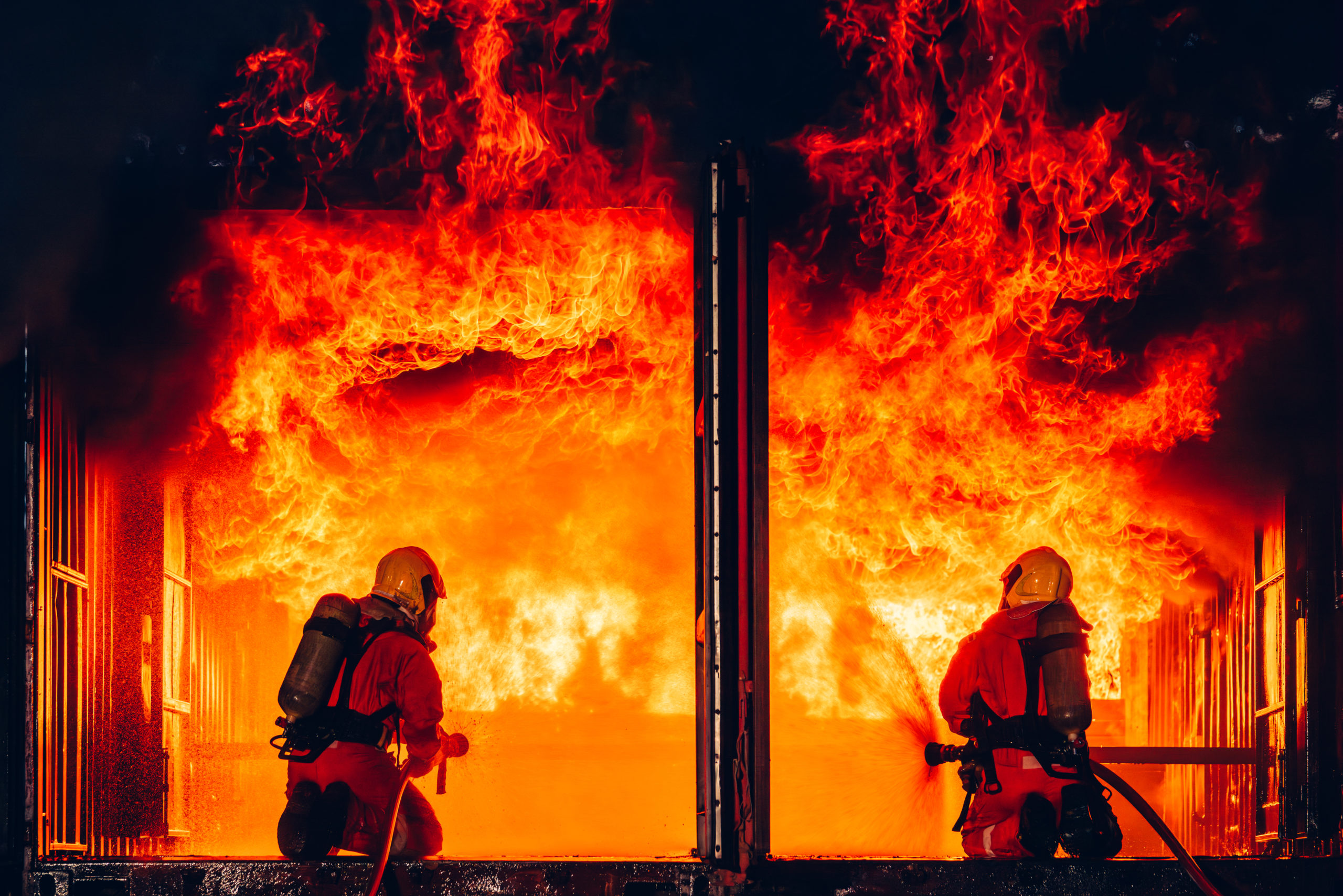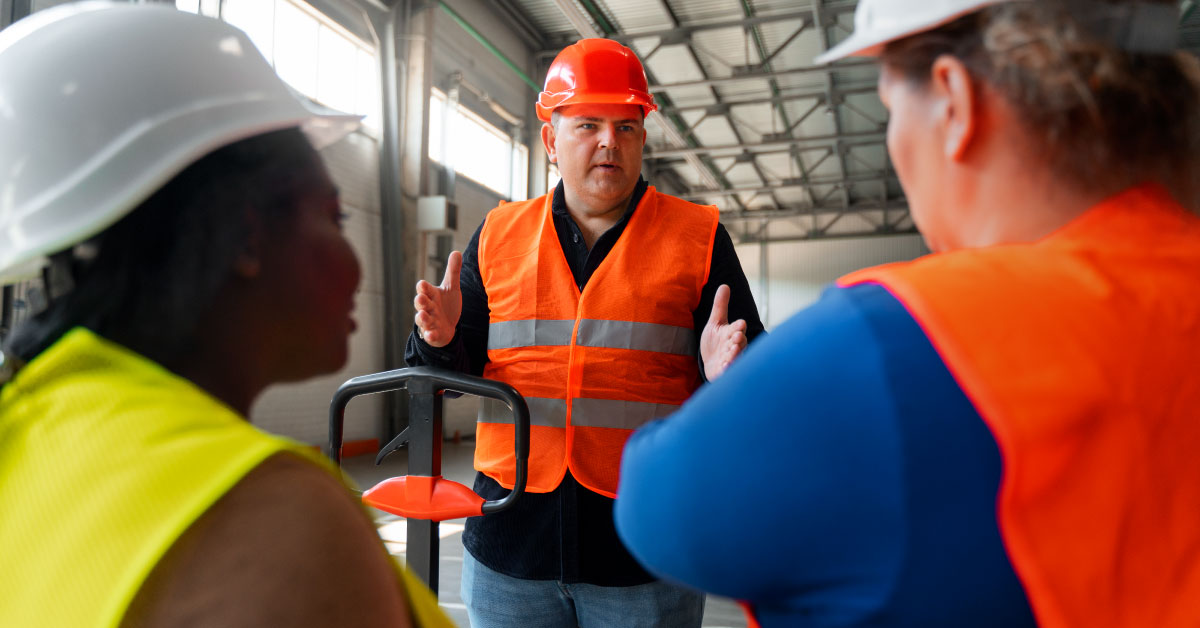Note from the editor: – Key Lessons from the Grenfell Tower Inquiry Phase 2 Report for Health and Safety can be found here
The Grenfell Tower fire on June 14, 2017, stands as one of the most devastating residential fires in modern UK history, resulting in 72 deaths and widespread calls for reform in fire safety regulations. This case study explores the events leading up to the disaster, the contributing factors, and the subsequent changes in fire safety regulations, particularly relevant for professionals pursuing the NEBOSH Certificate in Fire Safety.
Background
Grenfell Tower, a 24-storey residential building in West London, was constructed in 1974. The building underwent significant refurbishment between 2012 and 2016, which included the installation of new cladding, windows, and a communal heating system. The refurbishment aimed to improve energy efficiency and aesthetics but inadvertently introduced severe fire safety risks.
The Disaster
Sequence of Events:
- Fire Ignition: The fire started in a fourth-floor flat due to a malfunctioning fridge-freezer. The flames quickly reached the exterior cladding, which played a critical role in the fire’s rapid spread.
- Cladding and Spread: The tower’s new cladding system included aluminium composite material (ACM) panels with a polyethylene core, which proved highly flammable. Once ignited, the fire spread vertically along the building’s exterior, bypassing internal fire safety measures.
- Emergency Response: Despite the London Fire Brigade’s (LFB) swift response, the fire’s intensity overwhelmed firefighting efforts. The “stay put” policy, advising residents to remain in their flats, tragically contributed to the high fatality rate as the fire spread uncontrollably.
Causes
The Grenfell Tower Inquiry identified several critical factors contributing to the disaster:
- Flammable Cladding: The ACM cladding with a polyethylene core was a significant fire hazard. Tests conducted after the fire revealed that this material did not meet the fire safety standards required for high-rise buildings.
- Building Design and Refurbishment: The design and refurbishment of Grenfell Tower did not adequately consider fire safety. The gaps around the windows and inadequate fire-stopping measures allowed the fire to spread unchecked.
- Regulatory Failures: The regulatory framework at the time failed to enforce stringent fire safety standards. There were significant lapses in building inspections and fire safety assessments.
- Emergency Procedures: The “stay put” policy, typically effective in containing fires within individual flats, proved fatal as the fire spread externally. The lack of clear evacuation plans and communication exacerbated the situation.
Impact on Fire Safety Regulations
The Grenfell Tower fire prompted a comprehensive review and overhaul of fire safety regulations in the UK. Key changes include:
- Banning Combustible Cladding: The use of combustible materials in the external walls of high-rise residential buildings over 18 meters was banned. This ban was later extended to buildings over 11 meters.
- Fire Safety Act 2021: This act clarifies that building owners and managers must assess and mitigate fire risks related to the structure, including external walls and flat entrance doors, enhancing accountability and compliance.
- Building Safety Act 2022: Introduced a new regulatory framework for higher-risk buildings, emphasising the role of the Building Safety Regulator and mandating the submission of safety cases for high-rise buildings.
- Fire Safety (England) Regulations 2022: Mandated that responsible persons provide local fire and rescue services with electronic building plans, conduct regular checks on fire safety equipment, and share fire safety information with residents.
- Increased Oversight and Accountability: Building owners and managers face stricter regulations and penalties for non-compliance. The introduction of the Building Safety Regulator ensures continuous oversight and enforcement of fire safety standards.
Lessons for NEBOSH Candidates
For aspiring health and safety professionals, particularly those pursuing the NEBOSH Certificate in Fire Safety, the Grenfell Tower disaster underscores several critical lessons:
- Comprehensive Risk Assessment: Regular and thorough risk assessments are crucial, especially when refurbishing existing structures. Identifying and mitigating fire hazards, particularly in high-rise buildings, is essential.
- Material Safety: The selection of building materials must prioritise fire safety. Understanding the fire performance of cladding, insulation, and other materials is vital to prevent similar tragedies.
- Emergency Planning: Robust and well-communicated emergency evacuation plans are necessary. The Grenfell disaster highlighted the fatal consequences of inadequate evacuation procedures and policies.
- Regulatory Compliance: Staying abreast of regulatory changes and ensuring compliance with the latest fire safety standards is critical. The evolving regulatory landscape post-Grenfell requires continuous learning and adaptation.
- Training and Awareness: Ongoing training for all stakeholders, including residents, building managers, and emergency responders, is essential to enhance fire safety awareness and preparedness.
Conclusion
The Grenfell Tower fire was a catastrophic event that revealed severe shortcomings in fire safety practices and regulations. For health and safety professionals, it serves as a sobering reminder of the importance of rigorous safety standards, effective communication, and continuous improvement in fire safety management. By applying the lessons learned from Grenfell, professionals can contribute to creating safer living environments and preventing future tragedies.
References




